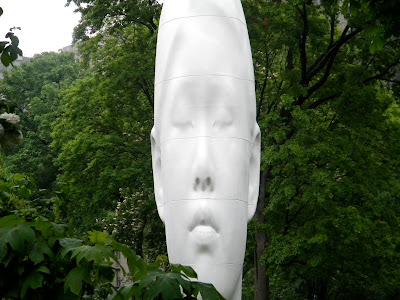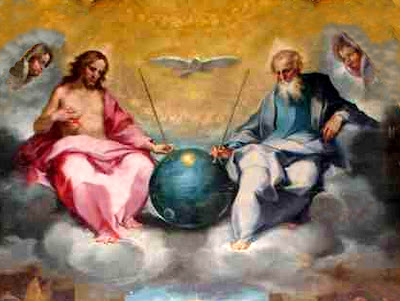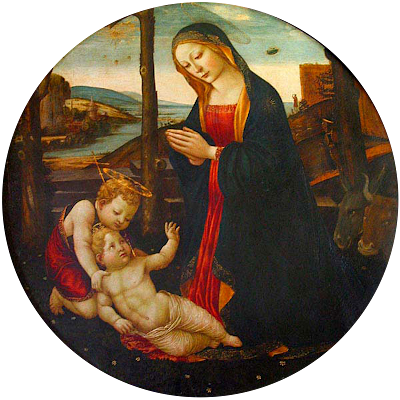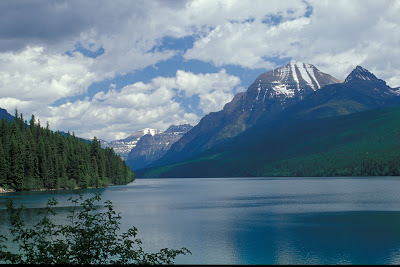The great battle of Armageddon The end of the world. Mount Armageddon Hebrew: הַר מְגִדּוֹ, Har Megiddo is the site of a battle during the end times according to some sects within the Abrahamic religions.
Whenever that event happens, it will serve as a key to the right explanation of the fifth vial. The kings of the East are most probably the Jews, for the restoration of whom the overthrow of the Turkish empire will prepare a way Under this vial, the kings of the Latin earth will begin to be gathered together for the great battle of Armageddon by the beast and the false prophet.
The vintage is the catastrophe of the great drama of the 1260 years, and synchronizes with the last vial, or the vial of consummation At the pouring out of the seventh vial, three important events take place: the earthquake, by which the Latin city is divided in three parts; the overthrow of the great scarlet whore, or the spiritual Babylon; and the battle of Armageddon. The 17th, 18th, and 19th, chapters of the Revelation all belong to the last vial, or the times of the vintage. The war, which Page will be decided at Armageddon, will be undertaken by a confederacy of the beast, the false prophet, and the kings of the Latin or Papal earth.
The infidel king will be deeply concerned in it. The confederacy will probably be made against the Protestant powers, and the Jews now about to be restored to their own country. The infidel king may possibly before this period, become the last head of the beast; and thus take the lead in the expedition, as he is represented doing by Daniel.
The four parallel prophecies of St. John, Daniel, Zechariah, and Joel, cited and compared with each other. These corresponding prophecies throw much light upon the events of the seventh vial. The battle of Armageddon will literally be fought in Palestine between the, two seas. The particular scene of the conflict will be Megiddo ; for Armageddon signifies the destruction at Megiddo.


Description: Megiddo archaeological site, Israel. Date: 2008-01-04 (original upload date). Source: Photograph taken by Mark A. Wilson (Department of Geology, The College of WoKilOoster). Author: Original uploader was Wilson44691 at en.wikipedia. Permission
(Reusing this file) Released into the public domain (by the author).
This work has been released into the public domain by its author,
Wilson44691. This applies worldwide. In some countries this may not be legally possible; if so:
Wilson44691 grants anyone the right to use this work for any purpose, without any conditions, unless such conditions are required by law.
Description: Tel Megiddo. Date: uploaded 21-07-2007. Source: he-wiki. Author: Created by משתמש:אסף.צ uploaded: Daniel.baranek. Permission: (Reusing this file) Public domain.
This work has been released into the public domain by its author,
אסף.צ. This applies worldwide. In some countries this may not be legally possible; if so:
אסף.צ grants anyone the right to use this work for any purpose, without any conditions, unless such conditions are required by law.
The war, which this battle will terminate, will, in one sense or another, be a religious war or crusade. In whatever manner protestant powers may be concerned in it, part of its object will evidently be to attack such of the Jews as shall have begun to be restored to their own land by the instrumentality of the then prevailing maritime state. The infidel king and his confederates wilt at first succeed in taking Jerusalem, but afterwards they will totally be overthrown at Megiddo. Their rout will in some measure at least be accomplished by means of a panic fear, which will supernaturally be sent upon them.
A third part of the confederates will be spared and converted. This will most probably be the least guilty of the three parts into which the great Latin city will be divided. The maritime power, that begins to restore the Jews, will evidently be hostile to the views of the beast and the false prophet. It will therefore most probably be a protestant power. The Jews will be restored at two distinct and successive times. A summing up of the particulars, which may be collected from prophecy, relative to the restoration of the Jews.
TEXT CREDIT:
A dissertation on prophecies, that have been fulfilled, are now fulfilling, or will hereafter be fulfilled: relative to the great period of 1260 years; the papal and Mohammedan apostacies: the tyrannical reign of antichrist, or the infidel power; and the restoration of the Jews, Volume 2
This is the end, beautiful friend. This is the end, my only friend, the end
Of our elaborate plans, the end. Of everything that stands, the end
No safety or surprise, the end. I'll never look into your eyes, again
Image: Tel Megiddo is a tell in northern Israel near Kibbutz Megiddo, about 30 km south-east of Haifa, known for its historical, geographical, and theological importance, especially under its Greek name Armageddon. Text: The Doors. Editing/mashup/sookietex
More about this image and story at Public Domain Clip Art - http://publicdomainclip-art.blogspot.com/2011/05/great-battle-of-armageddon-end-of-world.html











































